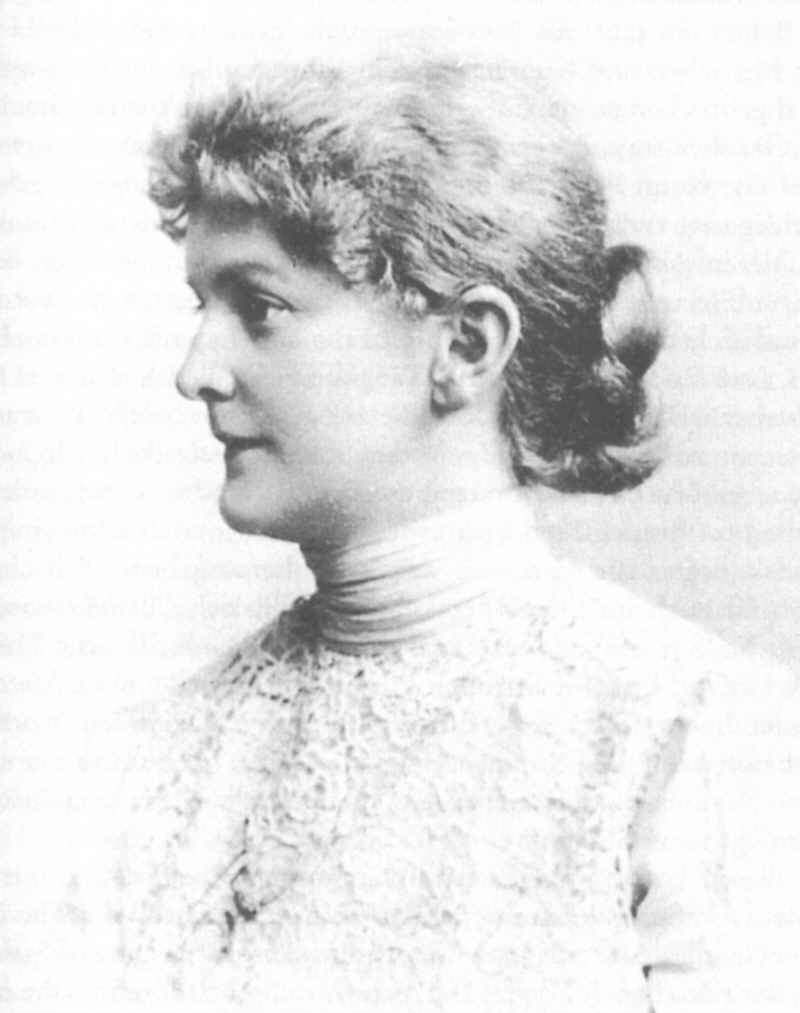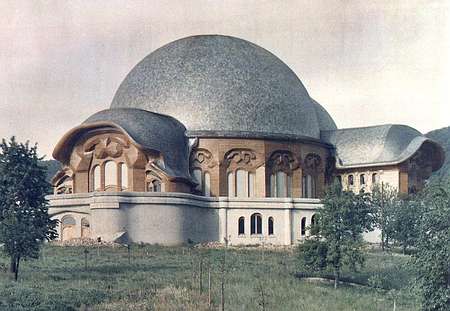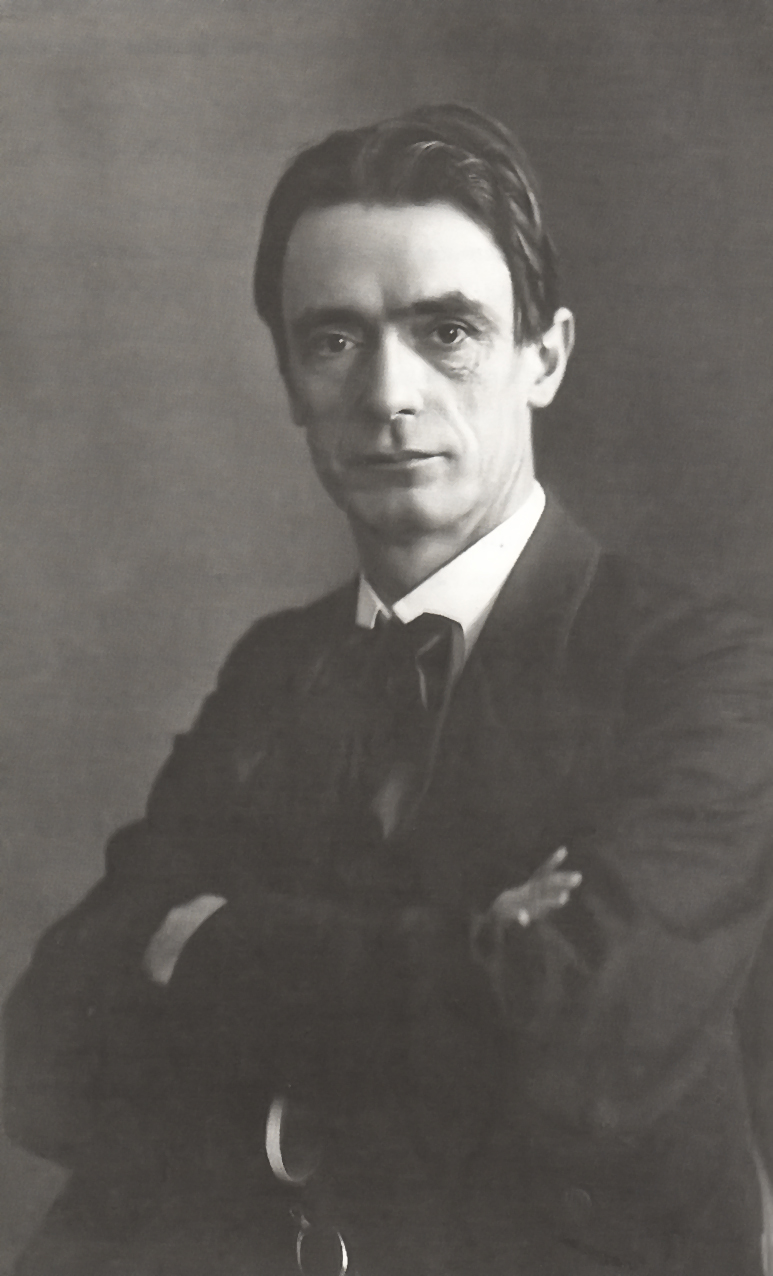|
Eurythmy
Eurythmy is an expressive movement art originated by Rudolf Steiner in conjunction with his wife, Marie, in the early 20th century. Primarily a performance art, it is also used in education, especially in Waldorf schools, and – as part of anthroposophic medicine – for claimed therapeutic purposes. The word ''eurythmy'' stems from Greek roots meaning ''beautiful'' or ''harmonious rhythm''. (“Eu” meaning “well”). History Eurythmy was conceived in 1911 when a widow brought her young daughter, Lory Smits, who was interested in movement and dance, to the Austrian philosopher Rudolf Steiner. Due to the recent loss of her father, it was necessary for the girl to find a career. Steiner's advice was sought; he suggested that the girl begin working on a new art of movement. As preparation for this, she began to study human anatomy, to explore the human step, to contemplate the movement implicit in Greek sculpture and dance, and to find movements that would ... [...More Info...] [...Related Items...] OR: [Wikipedia] [Google] [Baidu] |
Marie Steiner-von Sivers
Marie Steiner-von Sivers Some sources cite birthname as Marie von Sivers, Marie Sievers, or Marie von Sievers (14 March 1867 – 27 December 1948) was a Baltic German actress, the second wife of Rudolf Steiner and one of his closest colleagues.Johannes Hemleben, ''Rudolf Steiner: A documentary biography'', Henry Goulden Ltd, 1975; , pp. 110-113 (German edition: Rowohlt Verlag, 1990, )Lía Tummer, ''Rudolf Steiner and Anthroposophy for Beginners'', Writers and Readers Publishing, 2001, , pp. 55-62; pp. 99-100; pp. 115-119. She made a great contribution to the development of anthroposophy, particularly in her work on the renewal of the performing arts (eurythmy, speech and drama), and the editing and publishing of Rudolf Steiner's literary estate. Life and work Marie Steiner-von Sivers was born to an aristocratic family in Włocławek (then part of Imperial Russia). She was well-educated and was fluent in Russian, German, English, French and Italian. She studied theater and reci ... [...More Info...] [...Related Items...] OR: [Wikipedia] [Google] [Baidu] |
Rudolf Steiner
Rudolf Joseph Lorenz Steiner (27 or 25 February 1861 – 30 March 1925) was an Austrian occultist, social reformer, architect, esotericist, and claimed clairvoyant. Steiner gained initial recognition at the end of the nineteenth century as a literary critic and published works including ''The Philosophy of Freedom''. At the beginning of the twentieth century he founded an esoteric spiritual movement, anthroposophy, with roots in German idealist philosophy and theosophy. Many of his ideas are pseudoscientific. He was also prone to pseudohistory. In the first, more philosophically oriented phase of this movement, Steiner attempted to find a synthesis between science and spirituality. His philosophical work of these years, which he termed " spiritual science", sought to apply what he saw as the clarity of thinking characteristic of Western philosophy to spiritual questions, differentiating this approach from what he considered to be vaguer approaches to mysticism. In a secon ... [...More Info...] [...Related Items...] OR: [Wikipedia] [Google] [Baidu] |
Waldorf Education
Waldorf education, also known as Steiner education, is based on the educational philosophy of Rudolf Steiner, the founder of anthroposophy. Its educational style is holistic, intended to develop pupils' intellectual, artistic, and practical skills, with focus on imagination and creativity. Individual teachers have a great deal of autonomy in curriculum content, teaching methods, and governance. Qualitative assessments of student work are integrated into the daily life of the classroom, with standardized testing limited to what is required to enter post-secondary education. Many Waldorf schools have faced controversy due to Steiner's connections to racist ideology and magical thinking. Others have faced regulatory audits and closure due to concerns over substandard treatment of special needs children. The first Waldorf school opened in 1919 in Stuttgart, Germany. A century later, it has become the largest independent school movement in the world, with more than 1,200 inde ... [...More Info...] [...Related Items...] OR: [Wikipedia] [Google] [Baidu] |
Else Klink
Else Klink (23 October 1907 in Kabakada, Bismarck Archipelago – 18 October 1994 in Köngen, Germany) was director of the Eurythmeum Stuttgart, the first training centre for Eurythmy founded by Marie Steiner in 1923, from 1935 until 1991. In 1945, she established the Eurythmeum Stage Group, which she also led until 1991. Her work contributed centrally to establishing Eurythmy as a performing art within the culture of Europe and internationally.Else Klink bei der Forschungsstelle Kulturimpuls retrieved 26 November 2014. First experiences in Eurythmy The eldest daughter of Hans August Lorenz Klink, a northern German senior colonial official, and Nawjamba Ambo, an indigenous New Guinean, Else Klink grew up on Kabakada, a New Guinean islands. While attending a German g ...[...More Info...] [...Related Items...] OR: [Wikipedia] [Google] [Baidu] |
Goetheanum
The Goetheanum, located in Dornach, in the canton of Solothurn, Switzerland, is the world center for the anthroposophical movement. The building was designed by Rudolf Steiner and named after Johann Wolfgang von Goethe. It includes two performance halls (1500 seats), gallery and lecture spaces, a library, a bookstore, and administrative spaces for the Anthroposophical Society; neighboring buildings house the society's research and educational facilities. Conferences focusing on themes of general interest or directed toward teachers, farmers, doctors, therapists, and other professionals are held at the center throughout the year. The Goetheanum is open for visitors seven days a week and offers tours several times daily. First Goetheanum The First Goetheanum, a timber and concrete structure designed by Rudolf Steiner,Patrice Goulet, "Les Temps Modernes?", ''L'Architecture D'Aujourd'hui'', Dec. 1982, pp. 8-17. was one of seventeen buildings Steiner designed between 1908 and 1925 ... [...More Info...] [...Related Items...] OR: [Wikipedia] [Google] [Baidu] |
Anthroposophy
Anthroposophy is a spiritualist movement founded in the early 20th century by the esotericist Rudolf Steiner that postulates the existence of an objective, intellectually comprehensible spiritual world, accessible to human experience. Followers of anthroposophy aim to engage in spiritual discovery through a mode of thought independent of sensory experience. While much of anthroposophy is pseudoscientific, proponents claim to present their ideas in a manner that is verifiable by rational discourse and say that they seek precision and clarity comparable to that obtained by scientists investigating the physical world. Anthroposophy has its roots in German idealism, mystical philosophies, and pseudoscience including racist pseudoscience. Steiner chose the term ''anthroposophy'' (from Greek , 'human', and '' sophia'', 'wisdom') to emphasize his philosophy's humanistic orientation. He defined it as "a scientific exploration of the spiritual world", Others have variously called it a ... [...More Info...] [...Related Items...] OR: [Wikipedia] [Google] [Baidu] |
European Classical Music
Classical music generally refers to the art music of the Western world, considered to be distinct from Western folk music or popular music traditions. It is sometimes distinguished as Western classical music, as the term "classical music" also applies to non-Western art music. Classical music is often characterized by formality and complexity in its musical form and harmonic organization, particularly with the use of polyphony. Since at least the ninth century it has been primarily a written tradition, spawning a sophisticated notational system, as well as accompanying literature in analytical, critical, historiographical, musicological and philosophical practices. A foundational component of Western Culture, classical music is frequently seen from the perspective of individual or groups of composers, whose compositions, personalities and beliefs have fundamentally shaped its history. Rooted in the patronage of churches and royal courts in Western Europe, surviving ea ... [...More Info...] [...Related Items...] OR: [Wikipedia] [Google] [Baidu] |
Poetry
Poetry (derived from the Greek '' poiesis'', "making"), also called verse, is a form of literature that uses aesthetic and often rhythmic qualities of language − such as phonaesthetics, sound symbolism, and metre − to evoke meanings in addition to, or in place of, a prosaic ostensible meaning. A poem is a literary composition, written by a poet, using this principle. Poetry has a long and varied history, evolving differentially across the globe. It dates back at least to prehistoric times with hunting poetry in Africa and to panegyric and elegiac court poetry of the empires of the Nile, Niger, and Volta River valleys. Some of the earliest written poetry in Africa occurs among the Pyramid Texts written during the 25th century BCE. The earliest surviving Western Asian epic poetry, the '' Epic of Gilgamesh'', was written in Sumerian. Early poems in the Eurasian continent evolved from folk songs such as the Chinese ''Shijing'', as well as religious hymns ( ... [...More Info...] [...Related Items...] OR: [Wikipedia] [Google] [Baidu] |
Melody
A melody (from Greek μελῳδία, ''melōidía'', "singing, chanting"), also tune, voice or line, is a linear succession of musical tones that the listener perceives as a single entity. In its most literal sense, a melody is a combination of pitch and rhythm, while more figuratively, the term can include other musical elements such as tonal color. It is the foreground to the background accompaniment. A line or part need not be a foreground melody. Melodies often consist of one or more musical phrases or motifs, and are usually repeated throughout a composition in various forms. Melodies may also be described by their melodic motion or the pitches or the intervals between pitches (predominantly conjunct or disjunct or with further restrictions), pitch range, tension and release, continuity and coherence, cadence, and shape. Function and elements Johann Philipp Kirnberger argued: The Norwegian composer Marcus Paus has argued: Given the many and varied e ... [...More Info...] [...Related Items...] OR: [Wikipedia] [Google] [Baidu] |
Performing Art
The performing arts are arts such as music, dance, and drama which are performed for an audience. They are different from the visual arts, which are the use of paint, canvas or various materials to create physical or static art objects. Performing arts include a range of disciplines which are performed in front of a live audience, including theatre, music, and dance. Theatre, music, dance, object manipulation, and other kinds of performances are present in all human cultures. The history of music and dance date to pre-historic times whereas circus skills date to at least Ancient Egypt. Many performing arts are performed professionally. Performance can be in purpose-built buildings, such as theatres and opera houses, on open air stages at festivals, on stages in tents such as circuses or on the street. Live performances before an audience are a form of entertainment. The development of audio and video recording has allowed for private consumption of the performing arts. The ... [...More Info...] [...Related Items...] OR: [Wikipedia] [Google] [Baidu] |
Harmony
In music, harmony is the process by which individual sounds are joined together or composed into whole units or compositions. Often, the term harmony refers to simultaneously occurring frequencies, pitches ( tones, notes), or chords. However, harmony is generally understood to involve both vertical harmony (chords) and horizontal harmony (melody). Harmony is a perceptual property of music, and, along with melody, one of the building blocks of Western music. Its perception is based on consonance, a concept whose definition has changed various times throughout Western music. In a physiological approach, consonance is a continuous variable. Consonant pitch relationships are described as sounding more pleasant, euphonious, and beautiful than dissonant relationships which sound unpleasant, discordant, or rough. The study of harmony involves chords and their construction and chord progressions and the principles of connection that govern them. Counterpoint, which refers to ... [...More Info...] [...Related Items...] OR: [Wikipedia] [Google] [Baidu] |
Gesture
A gesture is a form of non-verbal communication or non-vocal communication in which visible bodily actions communicate particular messages, either in place of, or in conjunction with, speech. Gestures include movement of the hands, face, or other parts of the body. Gestures differ from physical non-verbal communication that does not communicate specific messages, such as purely expressive displays, proxemics, or displays of joint attention.Kendon, Adam. (2004) ''Gesture: Visible Action as Utterance''. Cambridge: Cambridge University Press. Gestures allow individuals to communicate a variety of feelings and thoughts, from contempt and hostility to approval and affection, often together with body language in addition to words when they speak. Gesticulation and speech work independently of each other, but join to provide emphasis and meaning. Gesture processing takes place in areas of the brain such as Broca's and Wernicke's areas, which are used by speech and sign languag ... [...More Info...] [...Related Items...] OR: [Wikipedia] [Google] [Baidu] |





.jpg)


